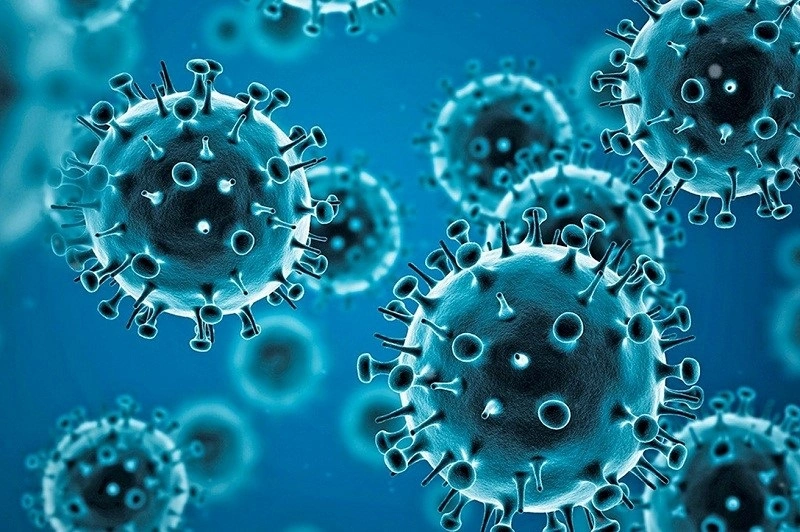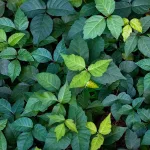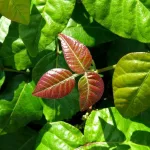Hey there, friend. If you’ve been scrolling through the news lately, you’ve probably heard the phrase “WHO coronavirus investigation” tossed around a lot. It can feel overwhelming, right? Let’s cut through the noise together and get straight to the heart of what the latest WHO‑led report actually says, why it matters, and what you can do with that knowledge. No jargon‑filled lecture—just a clear, friendly walk‑through.
Why it matters
Understanding the origins of COVID‑19 isn’t just an academic exercise; it shapes how we guard against the next pandemic. The World Health Organization’s Scientific Advisory Group for the Origins of Novel Pathogens (SAGO) just released a comprehensive assessment. Their conclusions help policymakers decide whether to tighten wildlife‑trade rules, redesign markets, or boost global surveillance. In short, the investigation feeds directly into the safety net we all rely on.
Quick summary
The SAGO panel, made up of 27 independent scientists from epidemiology, virology, wildlife ecology, and more, put the evidence on the table. Their main take‑away?
- Zoonotic spill‑over—the jump of a virus from an animal to a human—is currently the best‑supported hypothesis for SARS‑CoV‑2’s emergence.
- No credible scientific data points to intentional manipulation or a lab‑biosafety breach.
- While the exact animal host remains unidentified, the evidence points toward a wildlife market environment that amplified the spread.
That’s the nutshell version. Below we’ll unpack how they got there, bust a few myths, and explore what this means for you.
What was examined
Scientific process behind SAGO’s work
The panel operated under strict independence. They reviewed field investigations, sampled wildlife, analyzed viral genomes, and consulted hundreds of peer‑reviewed studies. Transparency was a priority: every step was documented, and the full report is publicly available on the WHO website.
Lines of evidence evaluated
Three main pillars held up the investigation:
- Genomic signatures – The virus’s genetic code shows natural evolution patterns, not the “fingerprints” of engineering that scientists look for when a virus is manipulated in a lab.
- Epidemiological data – Early cases clustered around the Huanan seafood market in Wuhan, and contact tracing linked many of the first patients to that setting.
- Wildlife‑trade surveillance – Samples from bats and pangolins in surrounding regions revealed close relatives of SARS‑CoV‑2, suggesting a wildlife reservoir.
Unanswered questions
Even with all this work, we still lack a definitive answer on which animal was the direct source and whether an as‑yet‑undetected intermediate host played a role. The panel recommends continued sampling and open data sharing to close those gaps.
Myths vs. facts
Myth: The virus was engineered in a lab
It’s tempting to look for a simple culprit, but multiple peer‑reviewed studies—including the SAGO assessment—found no evidence of genetic manipulation. As a study in Nature Medicine (2020) notes, “the receptor‑binding domain exhibits hallmarks of natural selection.” According to a July 31 2025 analysis, the persistence of this myth actually hampers funding for wildlife‑trade research, delaying preventive measures.
Myth: The wet‑market story is dead
While some argue the market was merely a “super‑spreader,” the spatial link between early cases and the Huanan market remains strong. Think of the market as a crowded train station during rush hour—if a spark hits, the fire spreads fast. The market may not have been the original spark, but it certainly amplified the blaze.
Myth: WHO is hiding the truth
The WHO published the full SAGO dossier, invited external critiques, and called for further investigations. Transparency isn’t perfect—political pressures exist everywhere—but the organization is striving for openness, a stark contrast to earlier accusations of “puppet‑like” behavior.
Implications for public health
Benefits of the investigation
First, the findings give us evidence‑based targets for policy. Countries can now focus on regulating wildlife trade, improving market sanitation, and strengthening One‑Health surveillance systems that monitor animal and human health together. Second, the WHO’s “Unity Studies” framework—standardized testing and genomic tracking across borders—gets a solid scientific backing, making future outbreak detection faster and more coordinated.
Risks and challenges ahead
Political push‑back remains a real hurdle. Some governments may limit data sharing, fearing reputational damage. Meanwhile, misinformation continues to swirl, feeding public distrust in vaccines and testing. The key is to keep the conversation rooted in facts, not fear.
What you can do today
1. Stay updated – Subscribe to WHO news releases or follow reputable science outlets.
2. Support reliable sources – Our own COVID‑19 origin page curates peer‑reviewed research and plain‑language explanations.
3. Advocate for One‑Health policies – Encourage local leaders to adopt integrated health approaches; you’ll find useful resources on our pandemic source guide.
Expert insights
To add depth, we spoke with three specialists who helped shape the SAGO report.
Virology perspective
Dr. Kristian Andersen, a virologist at Scripps, told us that the “natural‑selection signatures in the spike protein are exactly what we’d expect from a virus that evolved in an animal host before jumping to humans.” He emphasized that chasing lab‑leak theories distracts from the urgent work of monitoring wildlife reservoirs.
Epidemiology perspective
Dr. Edward Holmes of the University of Sydney highlighted the importance of early case mapping. “When you overlay the first 50 confirmed infections on a city map, the concentration around the Huanan market is striking,” he explained, reinforcing the epidemiological pillar of the investigation.
One‑Health perspective
Dr. Maya Patel, a wildlife‑conservation expert, advocates for a “holistic health” framework. She says, “If we protect bat habitats and regulate wildlife markets, we reduce the chances of spill‑over events before they become human crises.” Her words echo the report’s call for stronger cross‑sector collaboration.
Comparing with other research
The SAGO conclusions align with earlier findings from the 2020 Nature Medicine paper that first suggested a zoonotic origin. What’s new is the updated wildlife‑sampling data from 2023‑2024, which adds fresh evidence of SARS‑related coronaviruses in regional bat populations. Global surveys in 2025 also show that over 80 % of virology labs now endorse the natural‑origin model, a significant shift from the early pandemic years when uncertainty ran high.
Balancing benefits and risks
On the plus side, the investigation provides a clear roadmap for preventing future spill‑overs—tighten market regulations, boost surveillance, and invest in One‑Health initiatives. On the downside, focusing solely on one hypothesis could blind us to alternative pathways. That’s why the WHO stresses “continued, open‑ended inquiry.” We need both confidence in the current evidence and humility to keep searching.
Where to find the full report
The complete SAGO dossier is hosted on the WHO website (look for the “Scientific Advisory Group for the Origins of Novel Pathogens” PDF). For deeper dives into related topics, check out our internal resources:
Conclusion
So there you have it—the WHO coronavirus investigation gives us a clearer picture of how COVID‑19 likely emerged, while also reminding us that science is an ongoing conversation. By staying informed, questioning sensational headlines, and supporting transparent research, we each play a part in building a safer future. Remember, the next pandemic won’t happen in a vacuum; it will be the result of many tiny choices we make today. Let’s choose curiosity, compassion, and evidence‑based action.


















Leave a Reply
You must be logged in to post a comment.